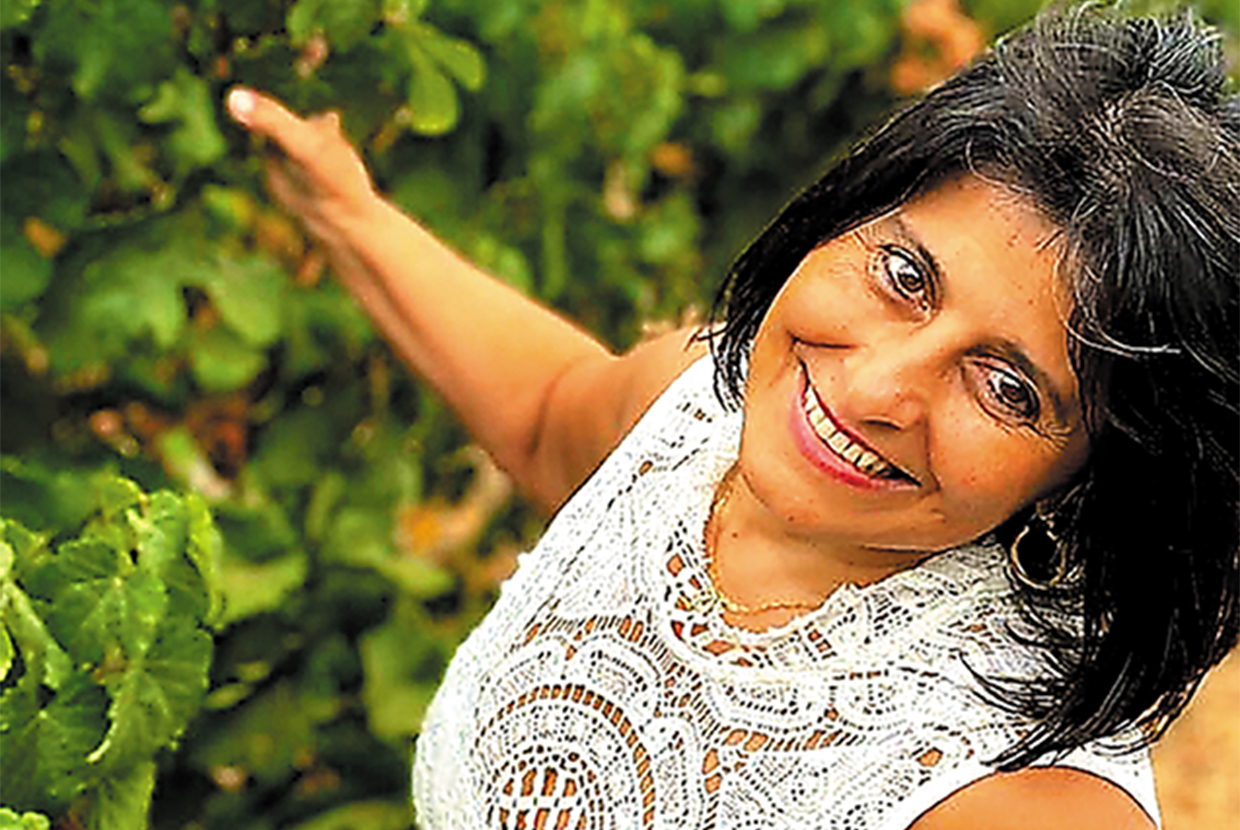South African fresh produce company Capespan operates in over 60 markets worldwide and specialises in citrus, grapes and pomme varieties. GTR speaks to group risk manager Antonella Da Cunha about Capespan’s main sources of financing and the challenges it faces as a soft commodity producer.
GTR: Can you tell us about Capespan and where you operate?
Da Cunha: We are an 80-year-old company that operates in the supply of fresh fruit. We have a proud heritage as an integrated producer, which basically means we are involved in our own primary production. Specialising in citrus, grapes and pomme varieties, we have a South African HQ and source product from own and third-party growers in South Africa, Namibia, Brazil, Peru, Chile, India and Egypt. About 18% of our product goes to the Mena countries, but our key retail programmes are mainly in the US and Europe, and we are growing retail programme partnerships in the Far East.
GTR: What are your main sources of finance?
Da Cunha: We’ve got short-term and long-term facilities, because as a producer and grower our input costs are quite big. In addition, our largest asset is our debtor’s book because, after shipment, payment can take between 60 to 90 days to flow back. Financing is thus key to pay the growers and continue normal business. Facilities are from mainstream banks. Meanwhile, we use other means of securing our trade receivables, namely letters of credit and traditional collateral to secure the financial risks depending on the sovereign risk and the customer creditworthiness. We also secure international trade by transferring the credit risk to credit insurers.
GTR: What challenges do you face when it comes to financing?
Da Cunha: When it comes to international fresh produce markets, sometimes access to product requires us to give production loans in advance of receiving the harvest. Such loans are structured to ensure the risk reward is calculated to protect both the supplier and the buyer. Such arrangements can be difficult across countries. In those situations, gaining support from both the banking institutions as well as export credit agencies can be challenging, but not impossible.
Africa can be a difficult market too. Where there are good retailers, we have no problem with securing the right credit insurance and financial institutions’ support, whether it is through a letter of credit or another form of collateral. With developing small to medium customers, it becomes difficult and we have to leverage and structure the deal to minimise the risk where possible. In these situations, you are between pillar and post. You know the buyer can grow your business, because the more they buy from you, the more we grow. But you also know that circumstances and local challenges prohibit the relationship from growing. Open account trade is very limited in certain countries with medium customers that have low credit and means to finance their trade.
GTR: What are the challenges and risks Capespan has to contend with?
Da Cunha: Infrastructure is probably the biggest challenge in Africa but also in countries like Bangladesh or Vietnam, for instance. As a classic example: a container will arrive for distribution in Nigeria, but there may be port congestion and the ship could sit outside the port for a week or two. By the time the container gets released, there is no cold room facility, and it takes four and a half hours for the container to get to the buyer warehouse. At final destination, there are no surveyors or the required quality assessments, so it becomes difficult to assess the on-arrival quality and the possible cause of loss. The supply chain and the lack of technology impacts on the financial risk in these remote and developing countries.
Obviously, with every risk, there’s reward, and there’s a lot of opportunity in Africa. There are opportunities on price, product, new markets, and securing new volume. The costs of getting the product to market are less and the carbon footprint is lower, making Africa an attractive market.
GTR: What are Capespan’s plans for expansion in the coming years?
Da Cunha: We’ve become much more aggressive in the African and emerging markets. And there’s a big drive this season to say, ‘let’s give the African market a strategic fair opportunity’, because often you’ll find that, while it’s the closest market and it pays well, you’d rather send it 9,000 kilometres away. The Far East and China offer a big opportunity, however. With the coronavirus pandemic, some markets have been temporarily closed and product has had to be diverted to alternative markets. Fortunately, fresh fruit and particularly citrus fruit is in great demand.








